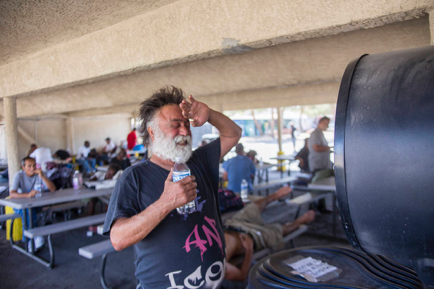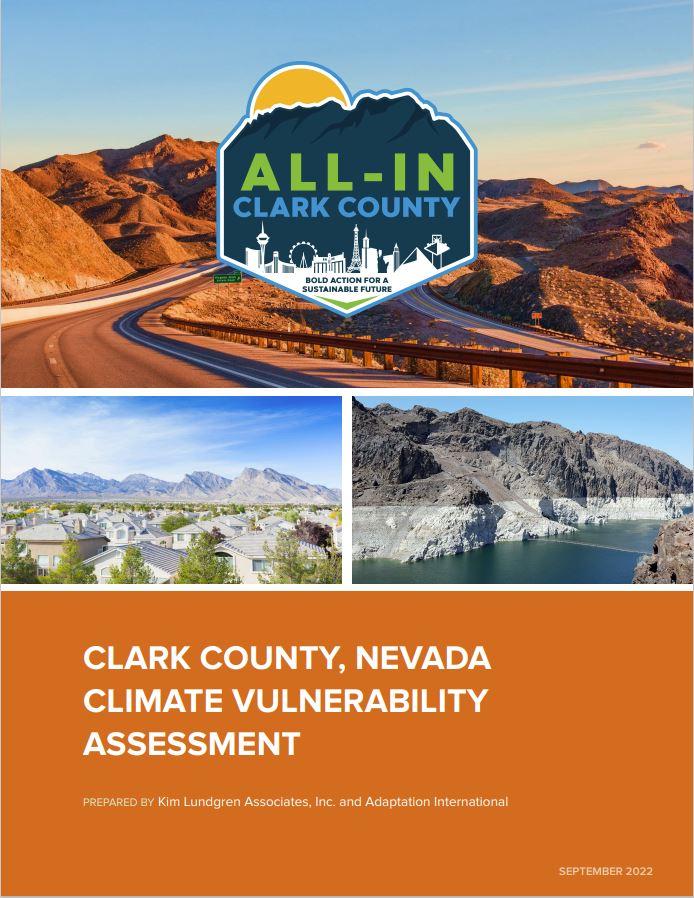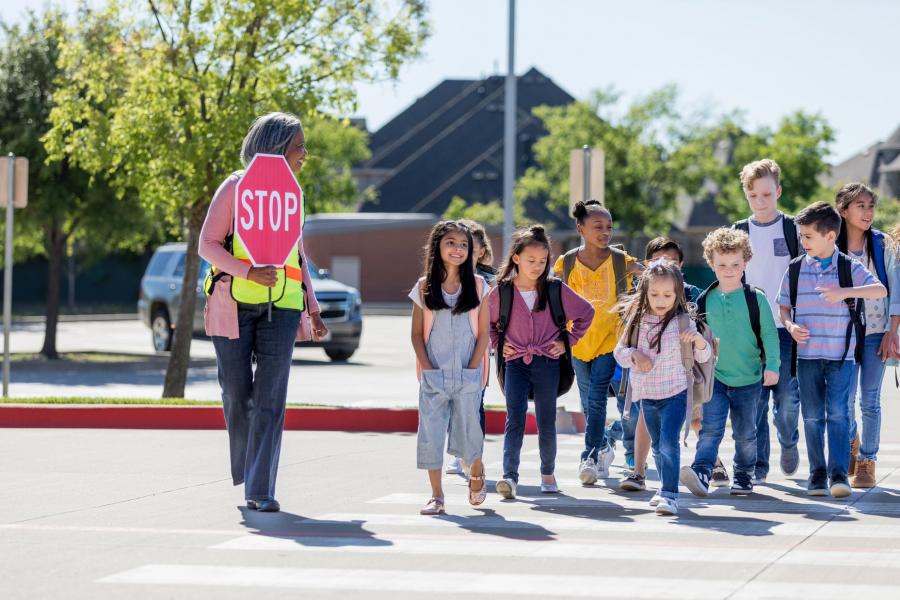Resilient & Healthy Community
Jump to a spot on our page!Climate Vulnerabilities
We're All Feeling the Heat
Climate change is already impacting Clark County through more extreme heat days, more pervasive drought, and increasingly intense storms. These climate hazards create public safety threats for residents and businesses and have significant implications for the local economy, infrastructure, human health, and well-being. A healthier, better connected, and more prepared community will be better able to adapt to changing climate conditions. Through the All-In Community Plan, Clark County has made a commitment to investing in natural resources that improve human health and reduce heat vulnerability, as well as social systems that enhance community resiliency.
Most Vulnerable Locations and Communities
Southern Nevada Extreme Heat Vulnerability Analysis, led by the RTC and Southern Nevada Strong, identified communities and locations where residents are most vulnerable to extreme heat. While everyone in Clark County is exposed to extreme temperatures, heat is not experienced equally. Low-income people, people with pre-existing health conditions, seniors and youth, and people living in urban heat island communities are especially vulnerable when it gets hot. The study features an interactive map of heat exposure and other variables that residents can use to explore their neighborhoods.

Rising Temps Mean More Hazards
The graph to the left shows average annual temperature over time in Clark County. You can see that temperatures are quickly rising above the average from the last century.
Increased average temperatures, as well as more extreme heat events, are already taking a toll on our community. More heat means:
- we need more energy to cool our buildings,
- community members with medical conditions or without resources to cool down face an increased risk of illness or even death, and
- our infrastructure is more likely to become damaged or fail.
Did you know? Chronic health conditions contribute to a person's heat vulnerability 2x as much as other factors.
Did You Know...
During extreme heat events, the County opens cooling stations in key locations around the County. These stations provide shelter and water to the public to combat potentially dangerous health impacts of heat waves.
Nevada 211 Cooling Centers
Planning For The Future
Shade Structures to Beat the Heat
While Clark County residents are familiar with hot temperatures, extreme heat events continue to increase in severity and frequency, causing significant stress to people and ecosystems. As temperatures increase, drought conditions are expected to worsen, which has significant implications for water access for people, businesses, and our natural resources. To adapt to the extreme temperatures we will continue to experience, we can take steps to ensure our community members are safe at home, at work, and as they get around. For example, Clark County and transportation partners aim to increase the percent of transit stops with shade structures to 100% by 2040.
Leading By Example
Emergency Response Planning
The County is taking steps to assess vulnerabilities in our communities and strategically prepare for emergency situations.
- In 2018, eleven jurisdictions including Clark County came together to assess the region’s vulnerability to a wide range of hazards and identify strategies for mitigation. The resulting Clark County Multi-Jurisdictional Hazard Mitigation Plan was released in 2018. The County then followed up with its own emergency response plan in 2019.
- The Climate Vulnerability Assessment (CVA) is a tool that can tell us where we are most vulnerable to climate impacts and where we need to adapt. Identifying systems that are most vulnerable to certain climate impacts, such as electricity infrastructure to extreme heat or forest habitats to wildfires, helps us prioritize actions that increase our resilience.

Our Actions
Our Roadmap to a Resilient Future
Explore the goals, strategies, and actions in the All-In Community Plan. Use the dropdown table to see the progress we've made towards implementing each action!
See ProgressAre You All-In?
Contribute to a More resilient Clark County
We can go All-In on resilience by engaging all members of our community in climate change education, emergency preparedness, and collective care. Take advantage of these resources.
Escape extreme heat with heat maps, cooling centers, and more County resources
Heat ResourcesGet up to speed and stay informed with Clark County's digital resilience apps
Sustainable Business PracticesBe prepared for any emergency with FEMA's Ready.gov Emergency Supply Checklist
Emergency Supply Checklist
